You are here
Ak-Chunkur cave.
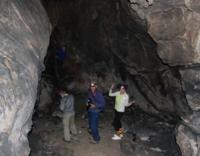
Visiting of caves of Kyrgyzstan.
“Don’t despair if you get lost in a cave and can’t see the light ahead… the exit may be on the side.”
Excursion to Ak-Chunkur cave in Kyrgyzstan.
Ak-Chunkur Cave (translated from Kyrgyz as "White Pit") is located at an altitude of 3105 meters above sea level, 444 meters northwest of right bank of Sary-Dzhaz River, 7.5 kilometers northeast of Echkili-Tash border outpost, 844 meters northwest of Lake Zhashyl-Kol, in Aksu district, in east of Issyk-Kul region.
The upper reaches of the Sary-Dzhaz River are very similar to the polar regions of the globe. It seems that Rockwell Kent painted the landscapes of Alaska or Greenland here. Around the Arctic landscape of the Great Ice Age, only mammoths and cavemen are not visible. But there are traces of their presence in Sary-Dzhaz.
In the vicinity of the cave, rocky cliffs rise, composed of marbled limestone. The limestones are split by vertical tectonic cracks and, probably, one of them served as the beginning of the formation of the cave. Now all this is destroyed by modern inscriptions and covered with soot from the "fires of civilization".
The cave reaches 57 meters in length, the height of the arch varies from two to five meters, sometimes exceeding ten meters. The cave ends with a second tier, the length of which is only 15 meters, and the height from 1.5 to 2.5 meters.
The general direction of the cave is almost strictly to the north, its walls are dry with rare calcite deposits. The bottom of the cave is covered with red clay, in which animal bones, blanks of stone tools and small fragments of flint were found.
The famous archaeologist A.P. Okladnikov attributed these finds to the Neolithic, and the drawings - to the end of the Neolithic or the beginning of the Bronze Age. The entrance to the cave begins with a large grotto, in which V.I. In 1953, Ratzek and H.A. Apysbaev discovered drawings made with red ochre.
These were schematic human figures, goats, a bull, a hunting scene, snakes and other images. Also found were letter inscriptions made with black paint from 14 and 9 vertical lines. In the cave pits, animal bones, numerous chips, miniature flat pebbles, a fragment of a mountain goat's horn, in the cavity of which red paint had survived, were found.
The last Ak-Chunkur drawings were seen in 1970 by Yu. Golendukhin and V. Petrov, who then penetrated into the upper tier of the cave and studied it. Only fragments remained from the drawings of the primitive artists. The technique of their execution - brushstrokes with fingers stained with clay - spoke of a wide time range of their execution.
The "black letter lines" mentioned by V.I. Ratzek were not found in the cave either. But, with a little imagination, and from the height of the cave between the moraine ridges you can see ancient people - mammoth hunters. And below the Sary-Dzhaz River cuts into the rocks and takes on the character of a turbulent stream, so similar to ordinary rivers that we see at the foot of the Ala-Too Mountains.
Geographic coordinates of Ak-Chunkur cave: N42°23'22 E79°26'20
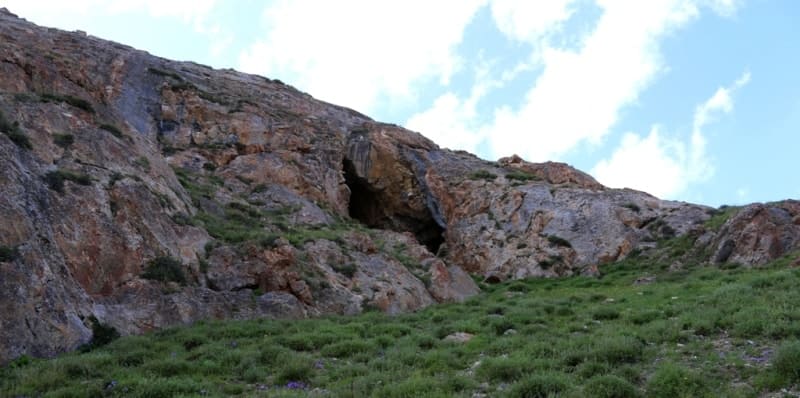
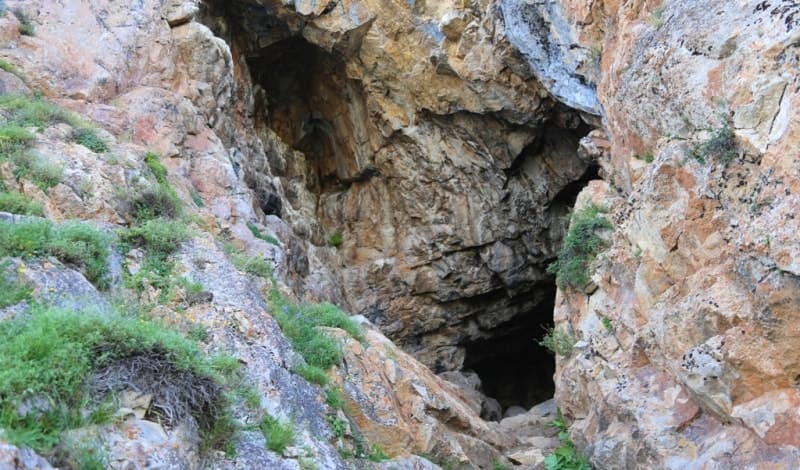
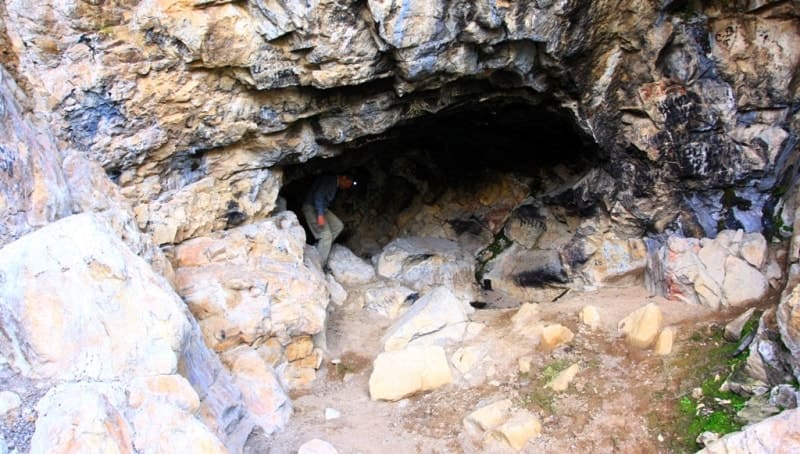
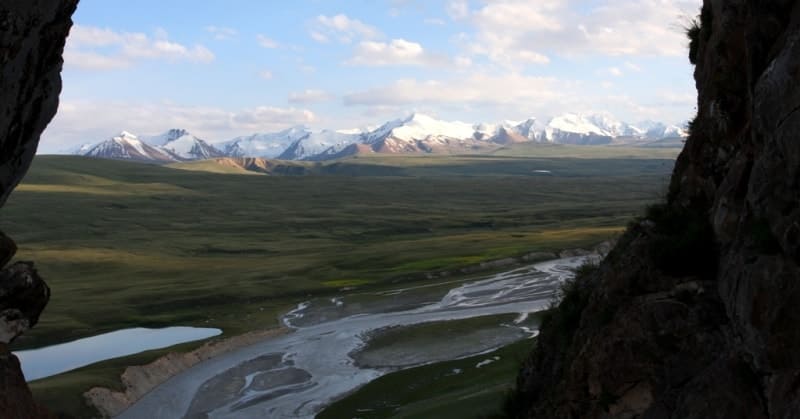
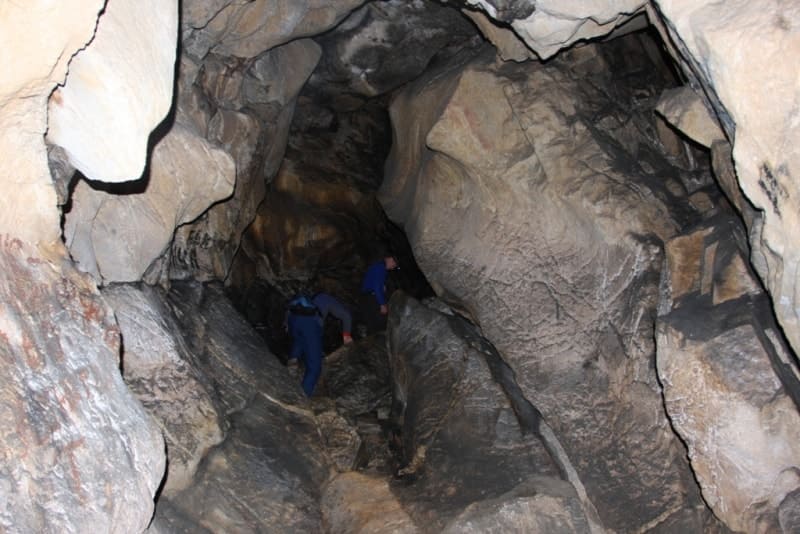
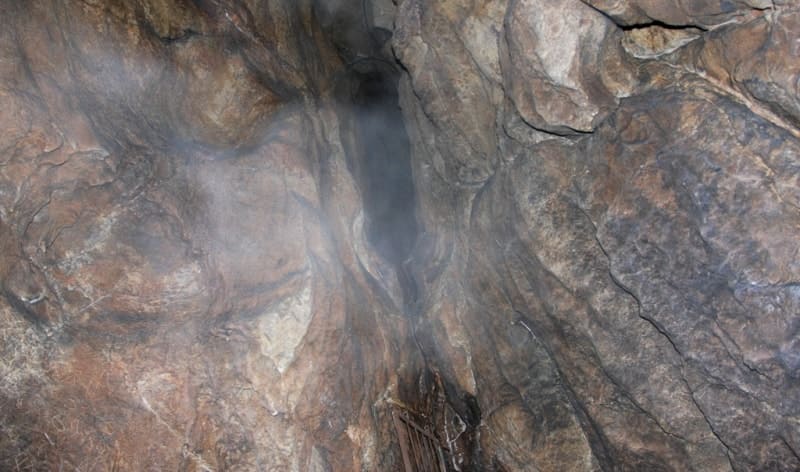
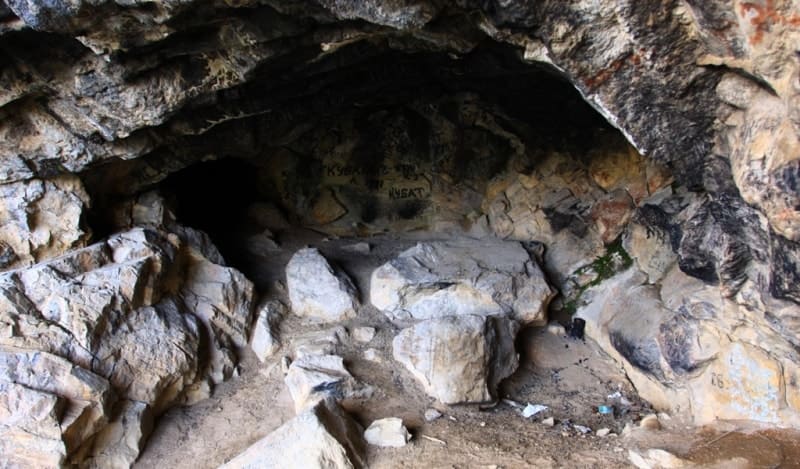

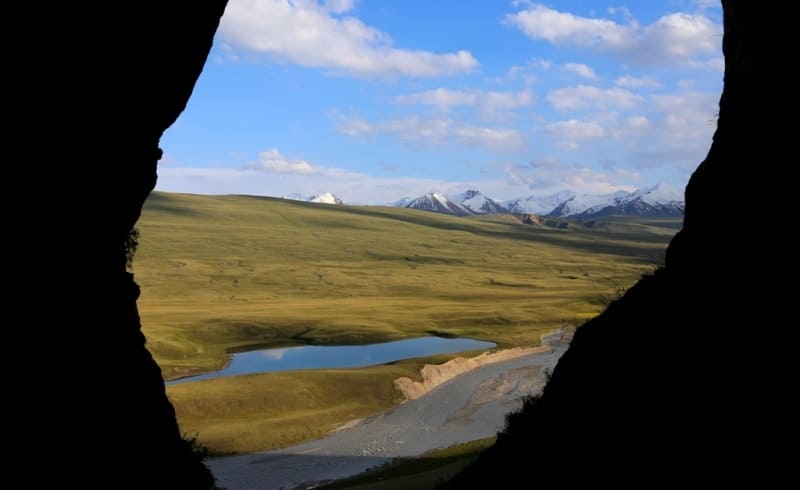
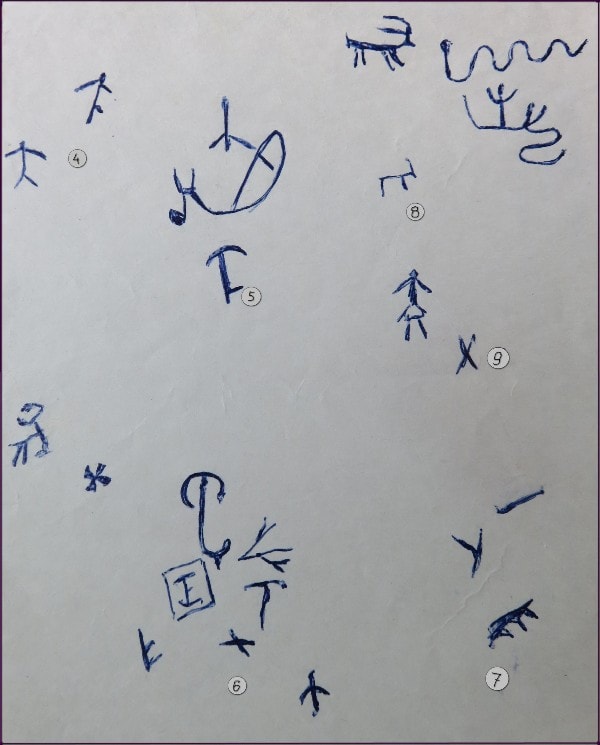
Authority:
Vladimir Georgievich Petrov, local historian, Bishkek. Izvestiya VGO, volume 86, issue 5, 1954, pp. 447–452. A.P. Okladnikov, V.I. Ratsk. “Traces of an ancient culture in a Tien Shan cave” (Findings in the Ak-Chunkur cave).
Photos by:
Alexander Petrov.







